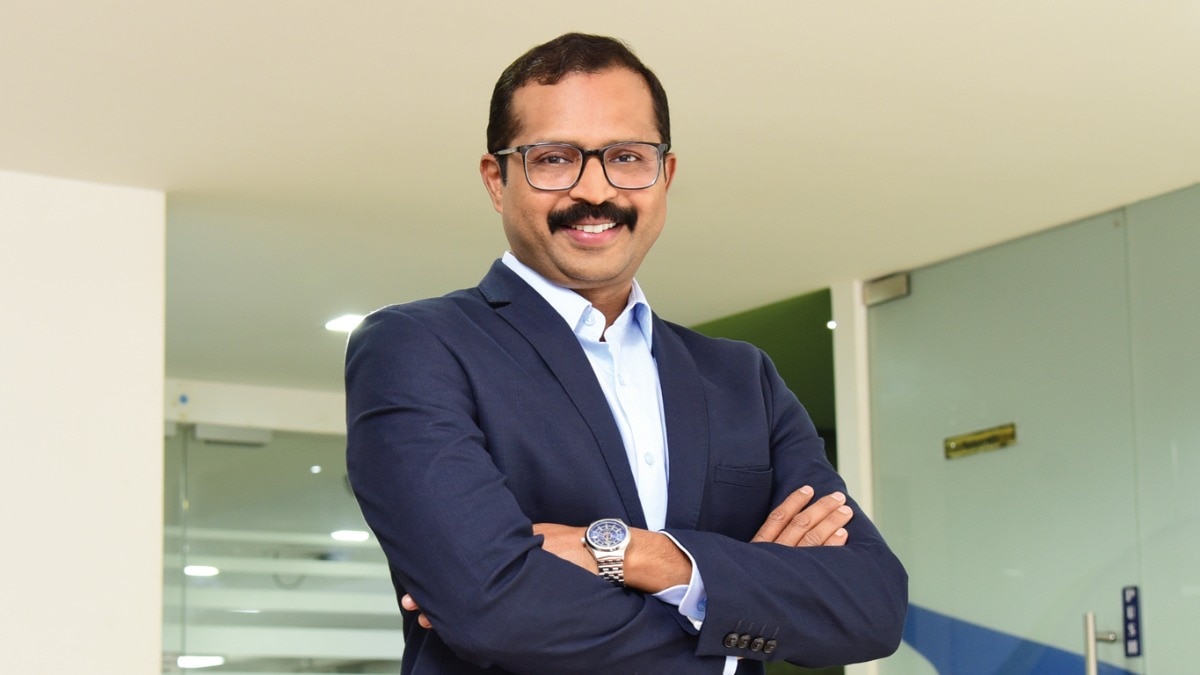
At first glance, CreditAccess Grameen or CA Grameen may appear to be just another microfinance institution. But dig a little deeper, and you’ll discover a purpose-led organisation blending grassroots financial inclusion with a long-term commitment to ESG excellence.
With a customer base of around 4.7 million borrowers, 99.97% of whom are women, CA Grameen’s work is as much about livelihoods as it is about lives. “For us, sustainability isn’t just a checkbox. It’s in the way we operate, the way we grow, and most importantly, the way we empower,” says Ganesh Narayanan, CEO of CA Grameen. Over the years, the company has evolved from a credit provider to a community catalyst.
CA Grameen’s approach is framed under the ESFG model: Environment, Social, Financial, and Governance. This four-pronged strategy is the backbone of its business.
On the environmental front, the company has adopted numerous measures to reduce its carbon footprint. “We’ve digitised our field operations to reduce paper usage, eliminated plastic bottles and tissue paper at the head office, and encouraged employees to carry reusable cups,” says Narayanan. Energy consumption is another focus area. A recent initiative using geo-tagged customer data has optimised field officer routes.
Socially, CA Grameen has made deep inroads into India’s most underserved areas. Its credit-plus initiatives include educational support, health awareness, disaster response and rural development. Notably, the company operates in 64 of India’s 112 aspirational districts.
The financial and governance pillars reinforce this impact. Despite keeping rates among the industry’s lowest, according to CA Grameen, it maintains robust asset quality and continues to generate strong internal accruals. An exemplary policy measure is their Gender Action Plan, which has helped increase the share of female employees from 8.7% in FY22 to 19.6% in FY25, exceeding its FY26 target of 16%.
“Transparent reporting is the key. It builds trust, enhances data credibility, and strengthens a company’s licence to operate,” says Saunak Saha, Partner—Climate Change and Sustainability Services, EY India adding that in twoday’s rapidly evolving business environment, sustainability is no longer optional. As consumers, investors and regulators increasingly demand accountability, companies must not only embed sustainable practices into their core operations but also communicate them transparently.
In rural India, digital literacy remains a challenge. Yet CA Grameen is making sure that its rapid digitisation doesn’t come at the cost of security. “The responsibility to protect data lies with us,” says Narayanan. The company trains its customers—many of them first-time tech users—on digital hygiene, while investing heavily in cybersecurity infrastructure.
The company is also working on setting a net-zero carbon emissions target. And while environment and governance remain key, the human dimension continues to define CA Grameen’s mission. By 2028, the company aims to grow its Assets Under Management (AUM) to `50,000 crore, with retail finance—both secured and unsecured—being a core driver. Narayanan emphasises that this growth will remain aligned with social objectives: “We want to expand, but responsibly. Growth without impact is not our model.”
A significant enabler of CA Grameen’s sustainability journey is its capital strategy, now anchored by a Sustainable Financing Framework.
In June 2023, the company raised $200 million via a social syndicate loan, the first in India’s microfinance sector and only the fourth such deal in the country. “It allowed us to diversify our lender base and build a track record in sustainable finance,” says Narayanan. As part of its FY28 strategy, the company aims to increase its foreign funding share from 21% to 25–30%, while actively exploring green and social bonds to meet its capital needs.
Impact, for CA Grameen, isn’t just a feel-good word, it’s a metric. From financial literacy workshops to carbon audits, the company evaluates its efforts rigorously. For environmental metrics, Scope 1, 2, and 3 emissions are tracked regularly, aligned with IFC performance standards. Social outcomes are measured through customer surveys and third-party studies.
“Whether it’s confidence in making household decisions or accessing better jobs, we want to ensure our customers are truly empowered,” says Narayanan. In rural India, where financial access can transform an entire family’s future, that empowerment has ripple effects far beyond the balance sheet.
As sustainability moves from a priority to an imperative, CA Grameen is positioning itself as a frontrunner in the microfinance sector. Its integrated approach—rooted in ESG principles and backed by data—makes it a blend of scale, sincerity, and strategy. CA Grameen has won the Sustainability Leadership Award (NBFC) not just because their measures are good for the planet or good for people—but because they make business sense. And in India’s vast, underserved hinterland that might just be the blueprint for lasting change.
@PalakAgarwal64